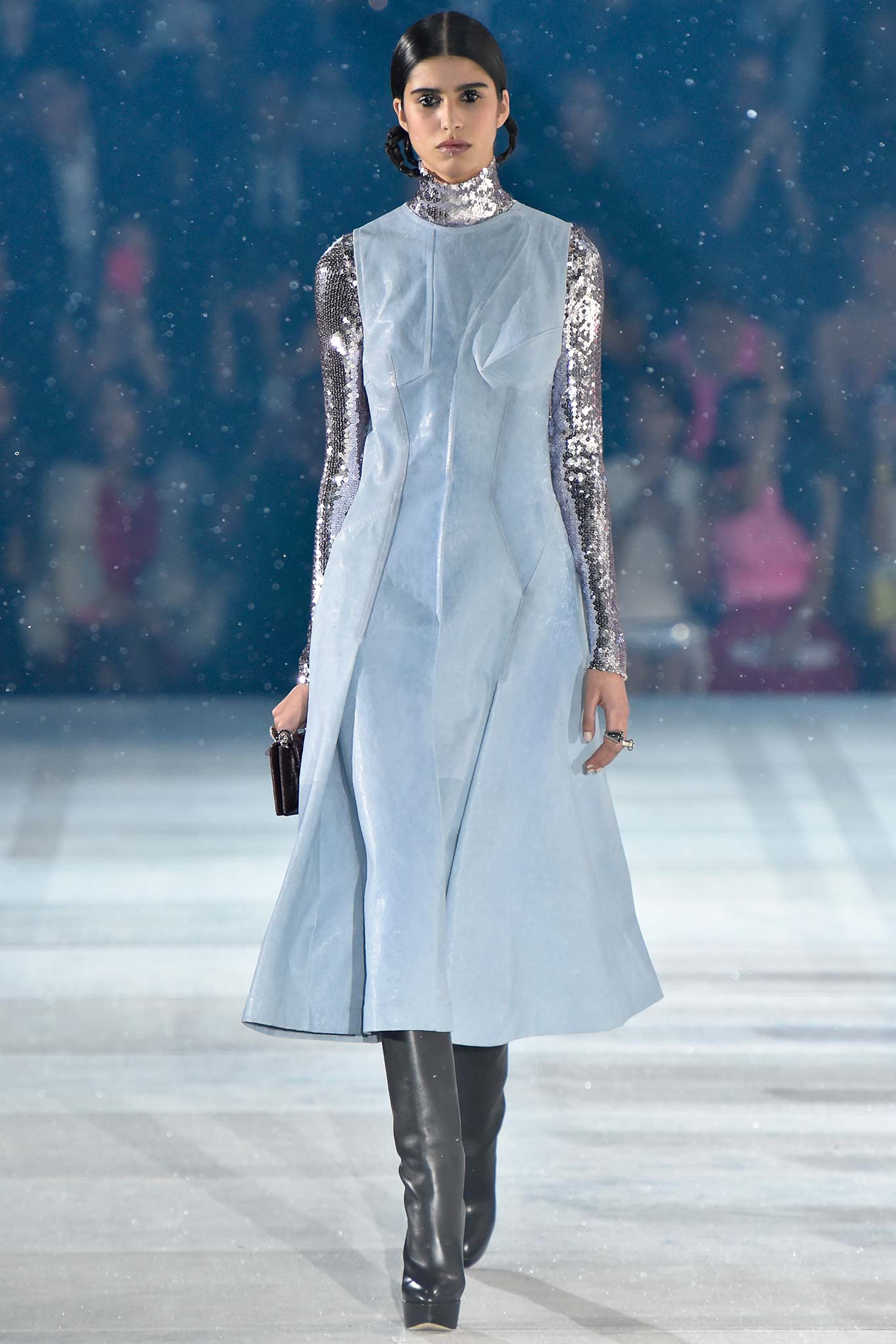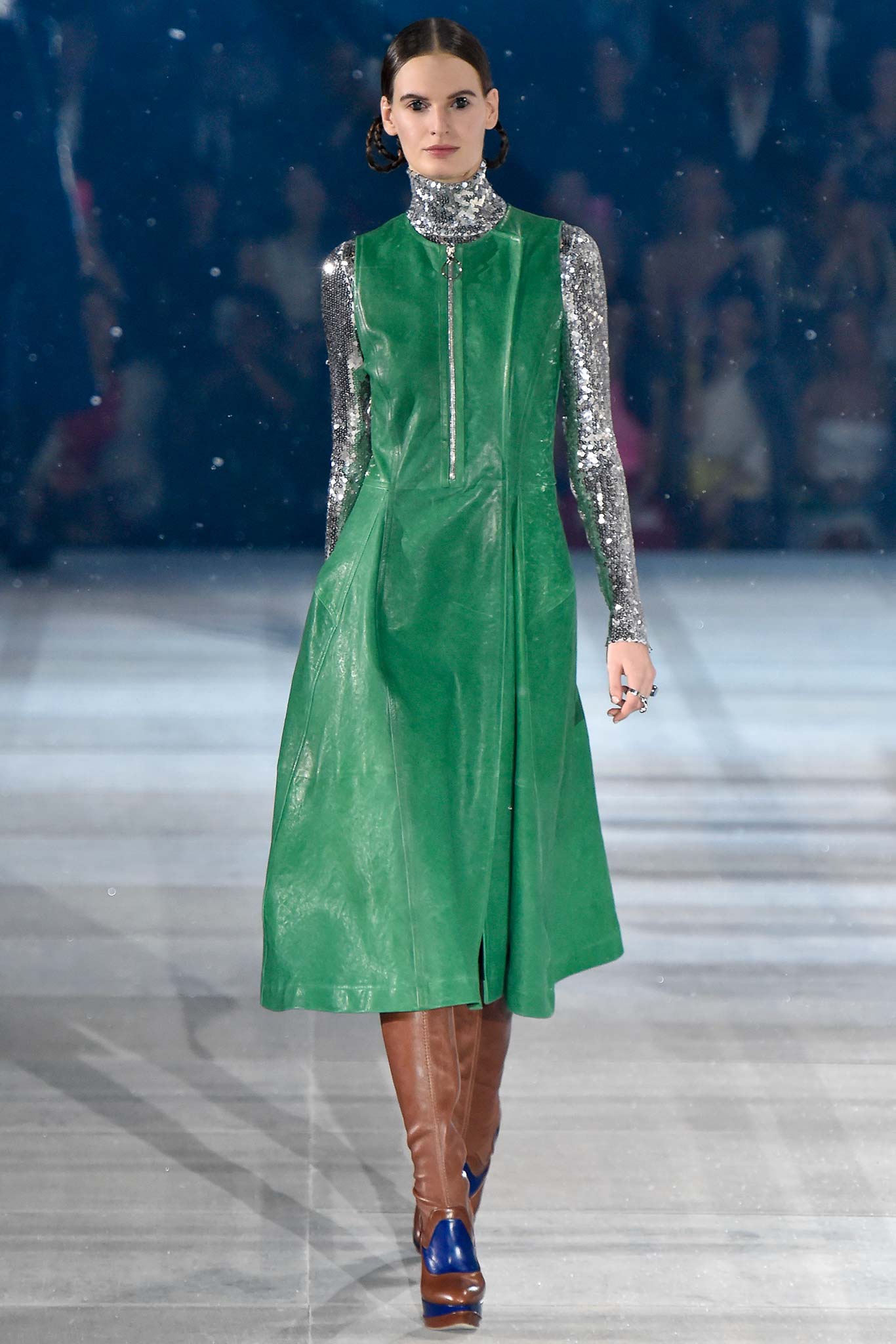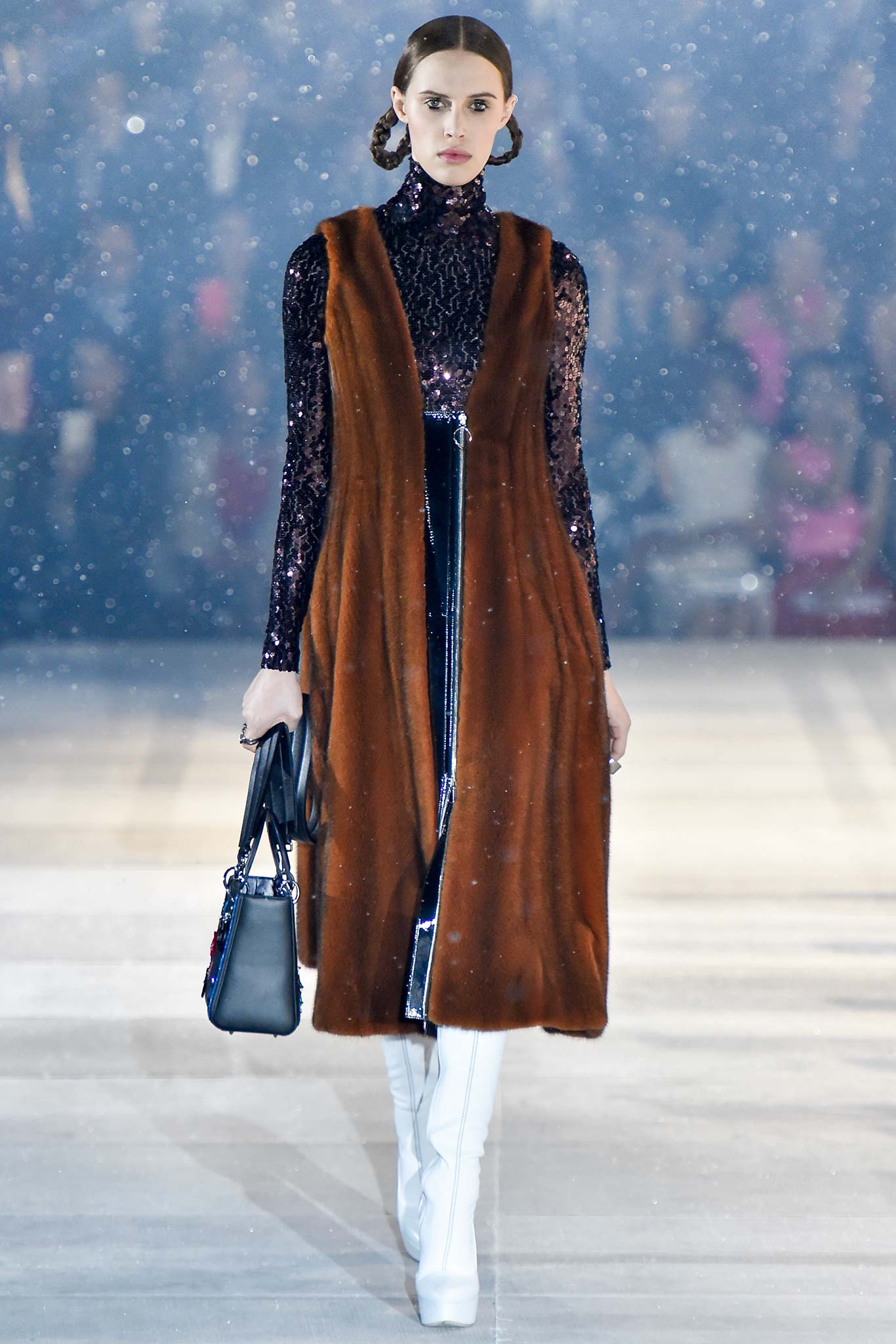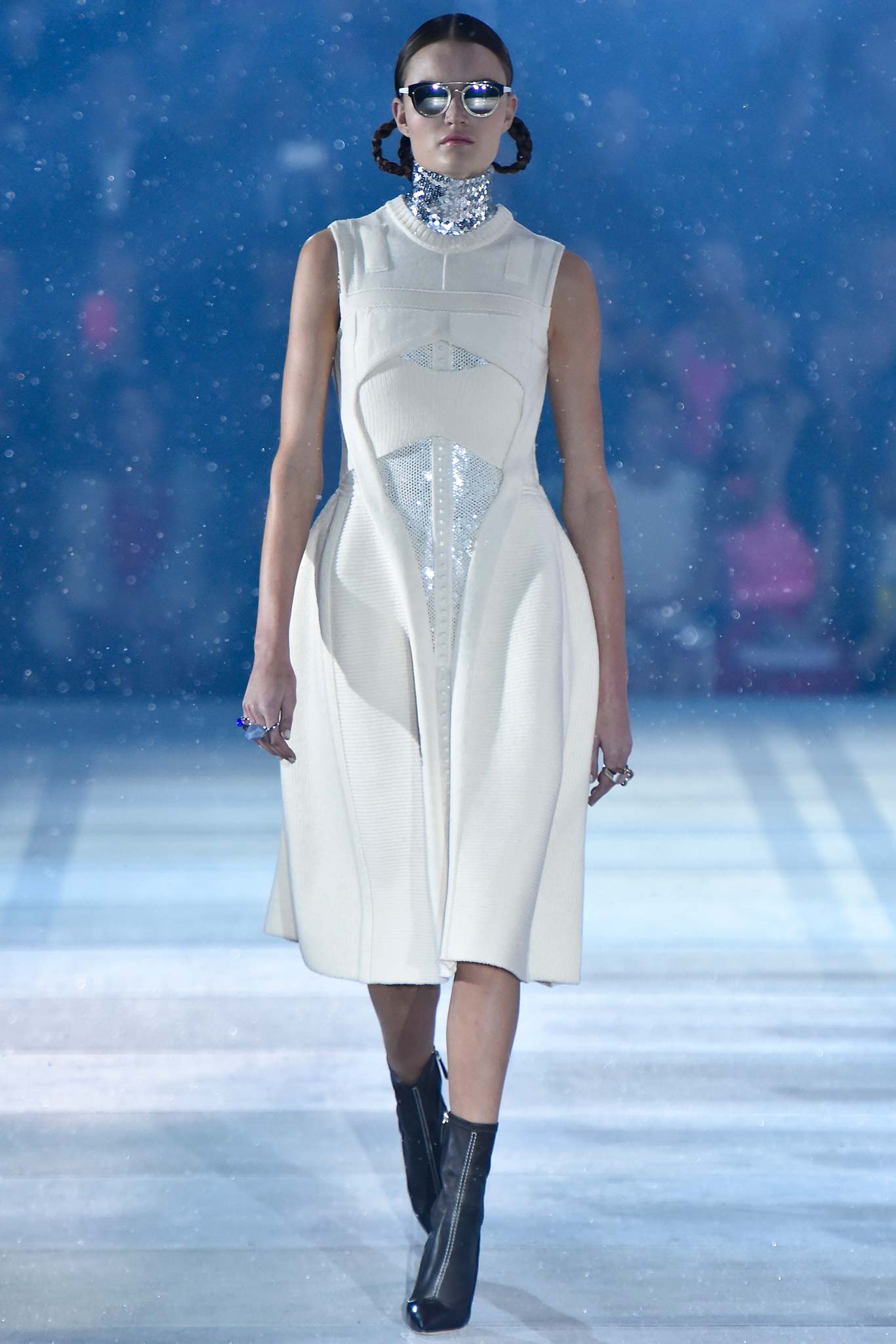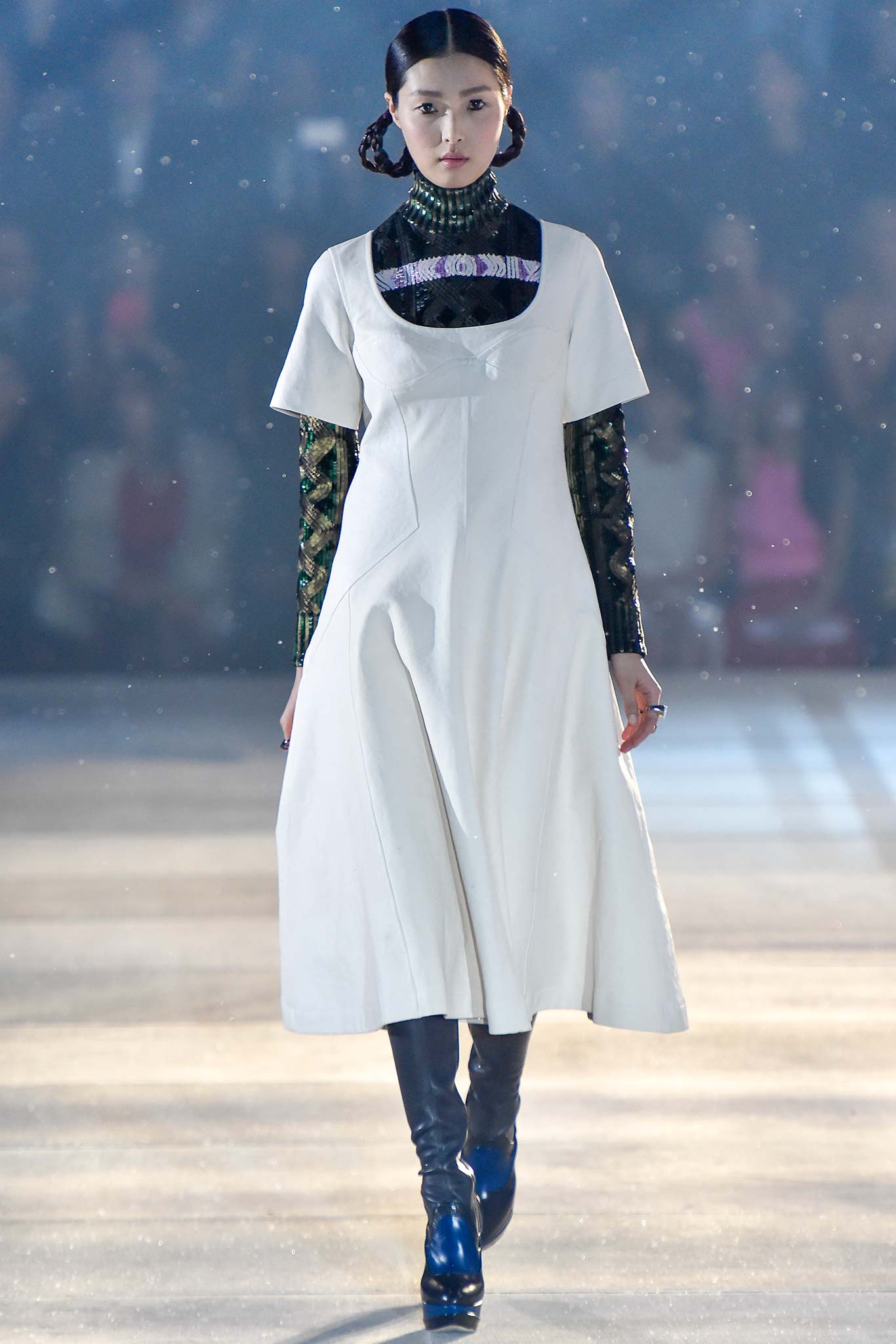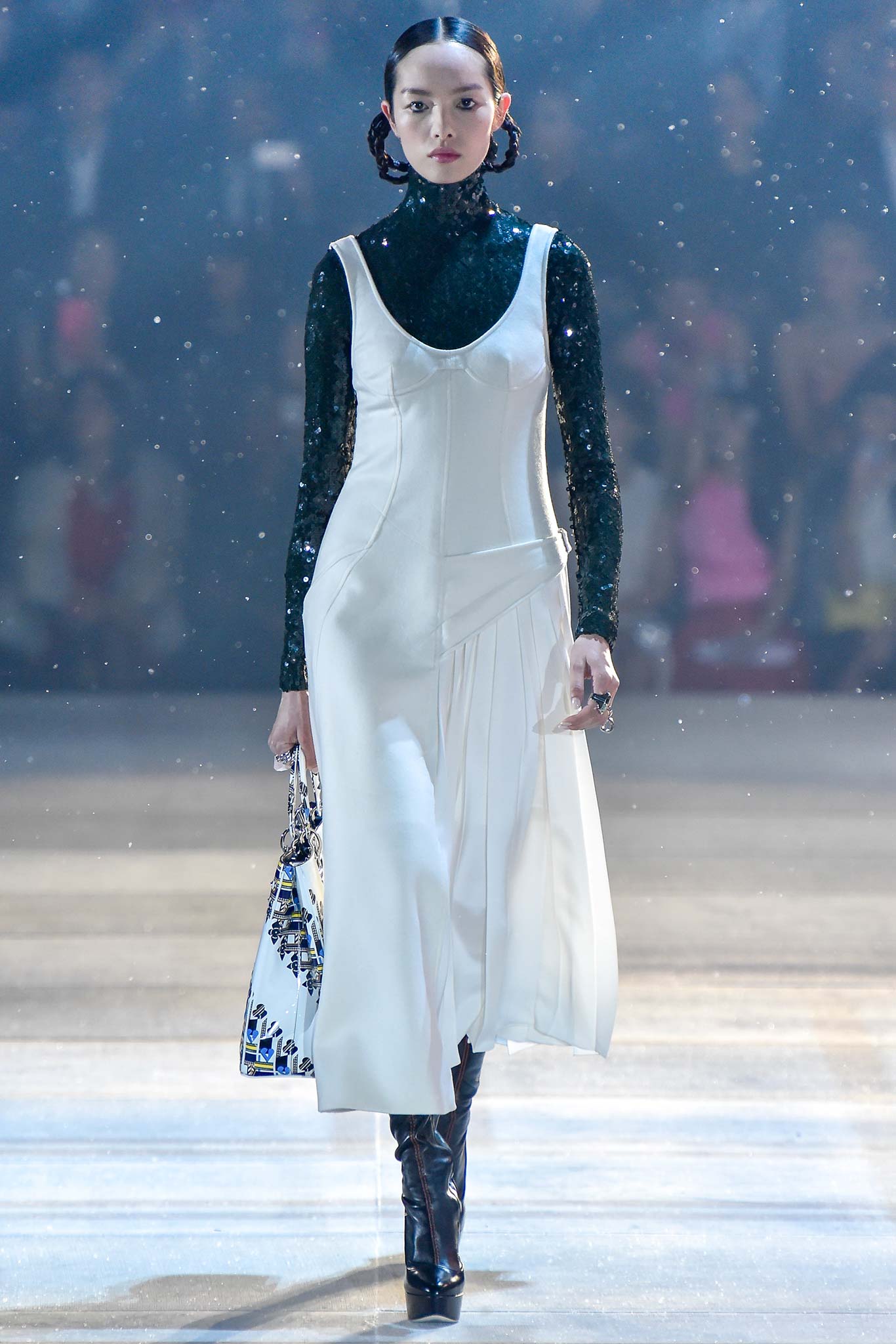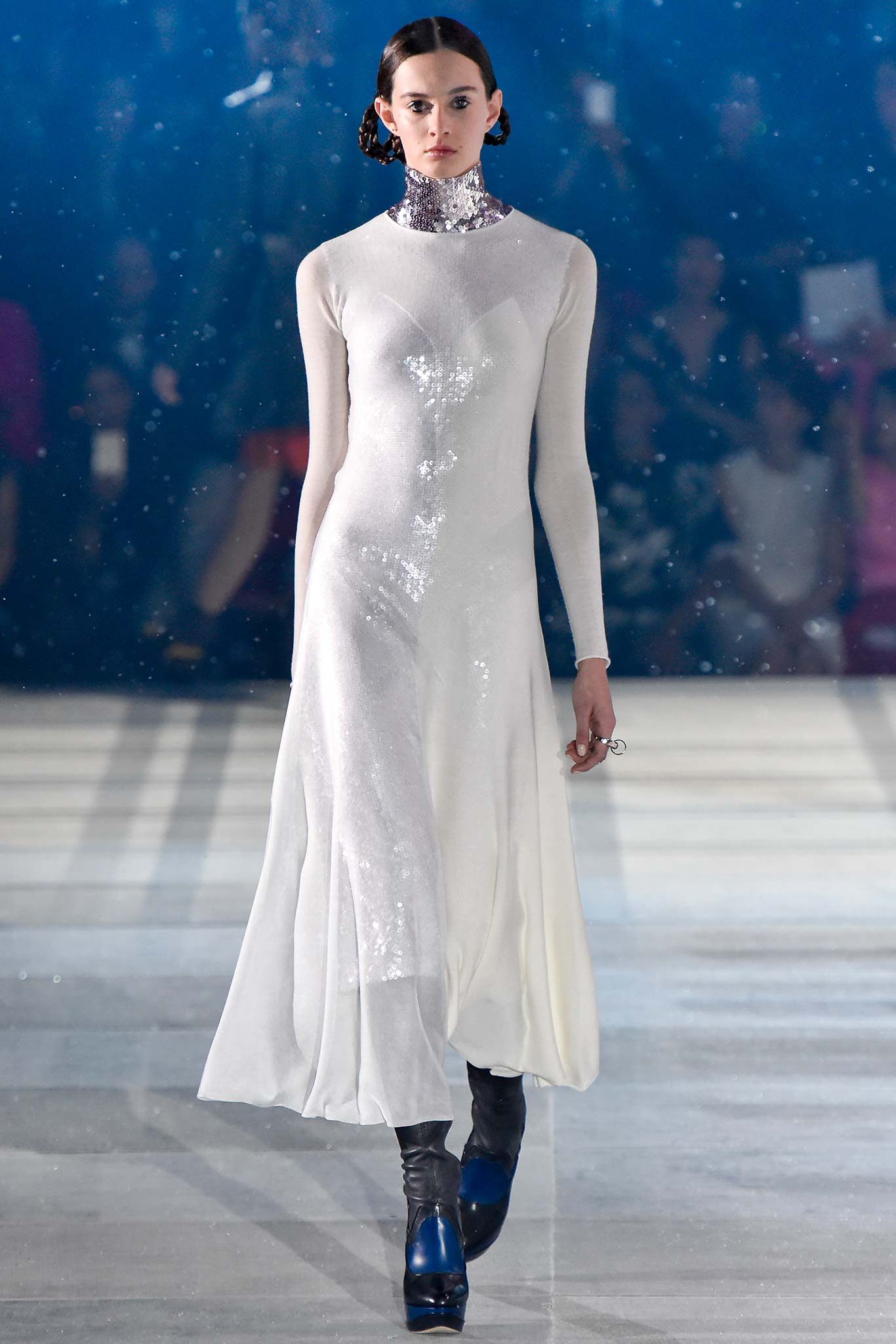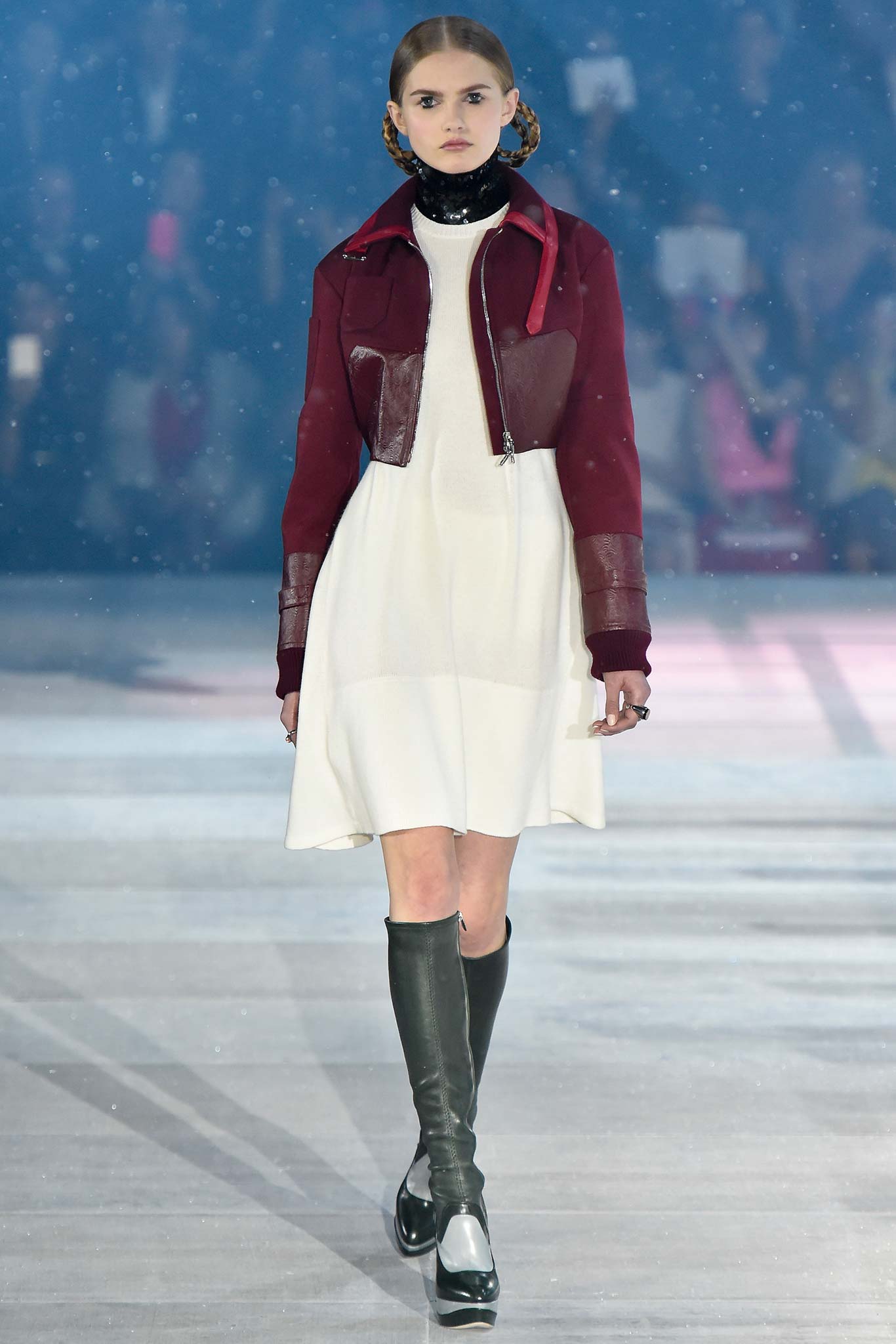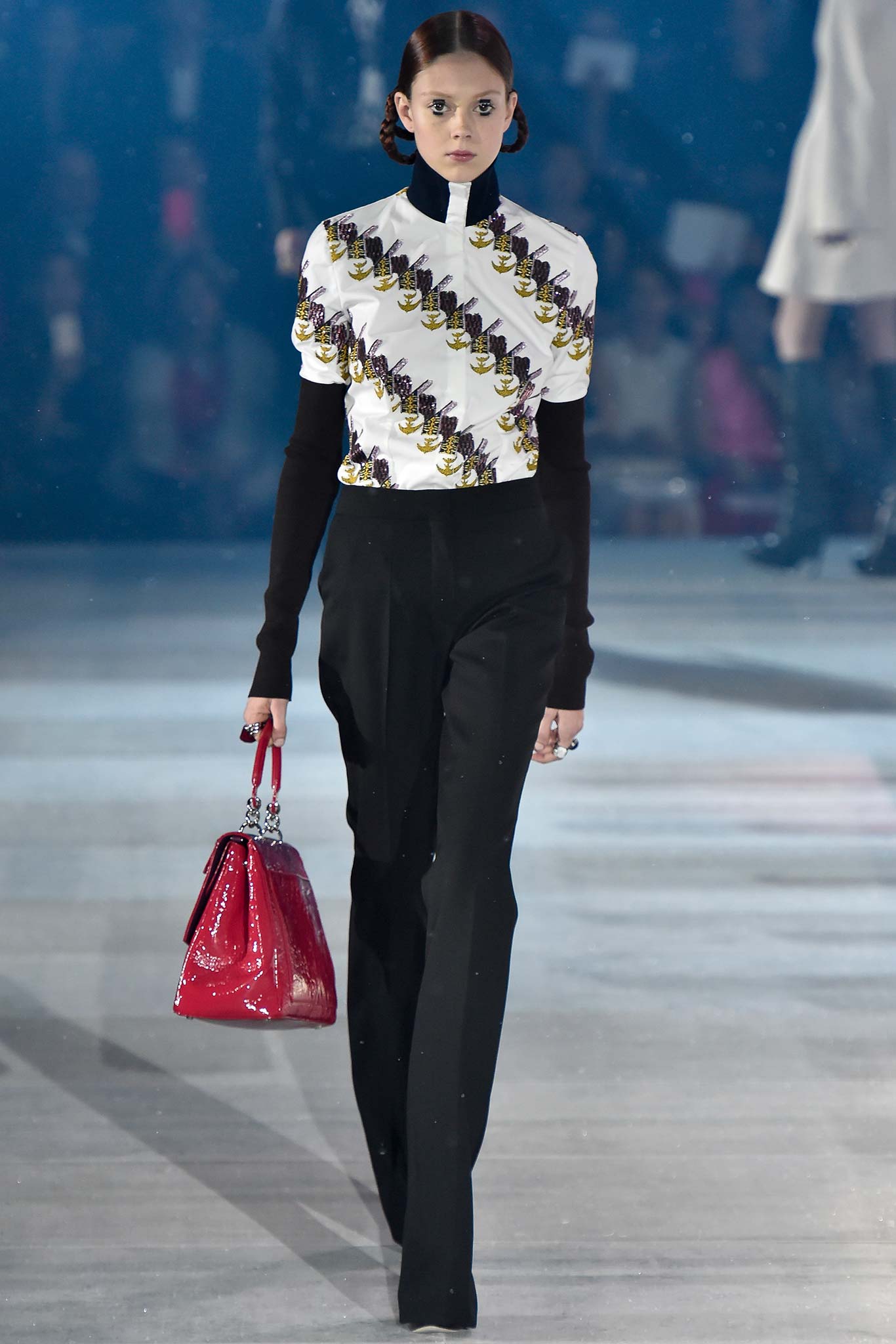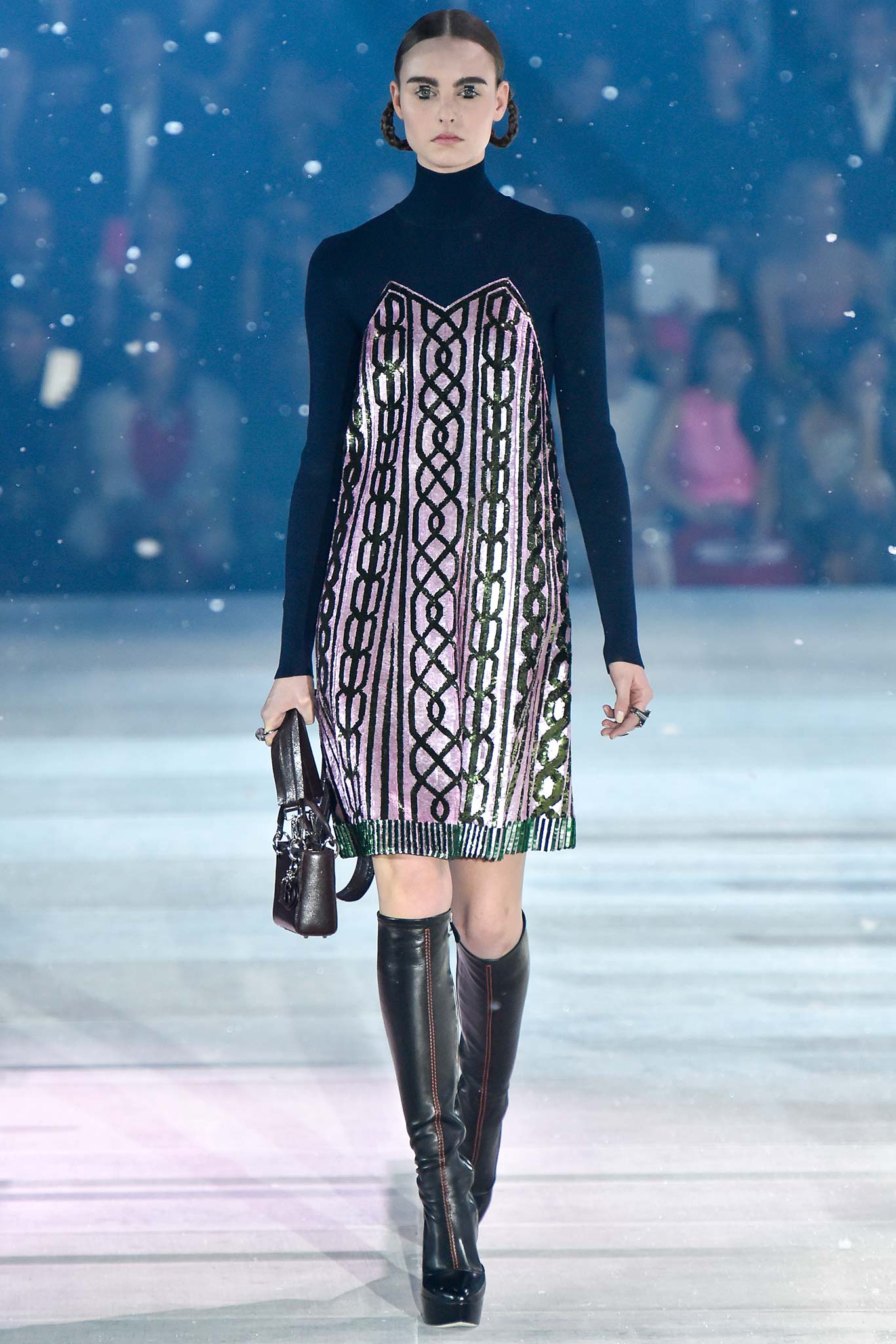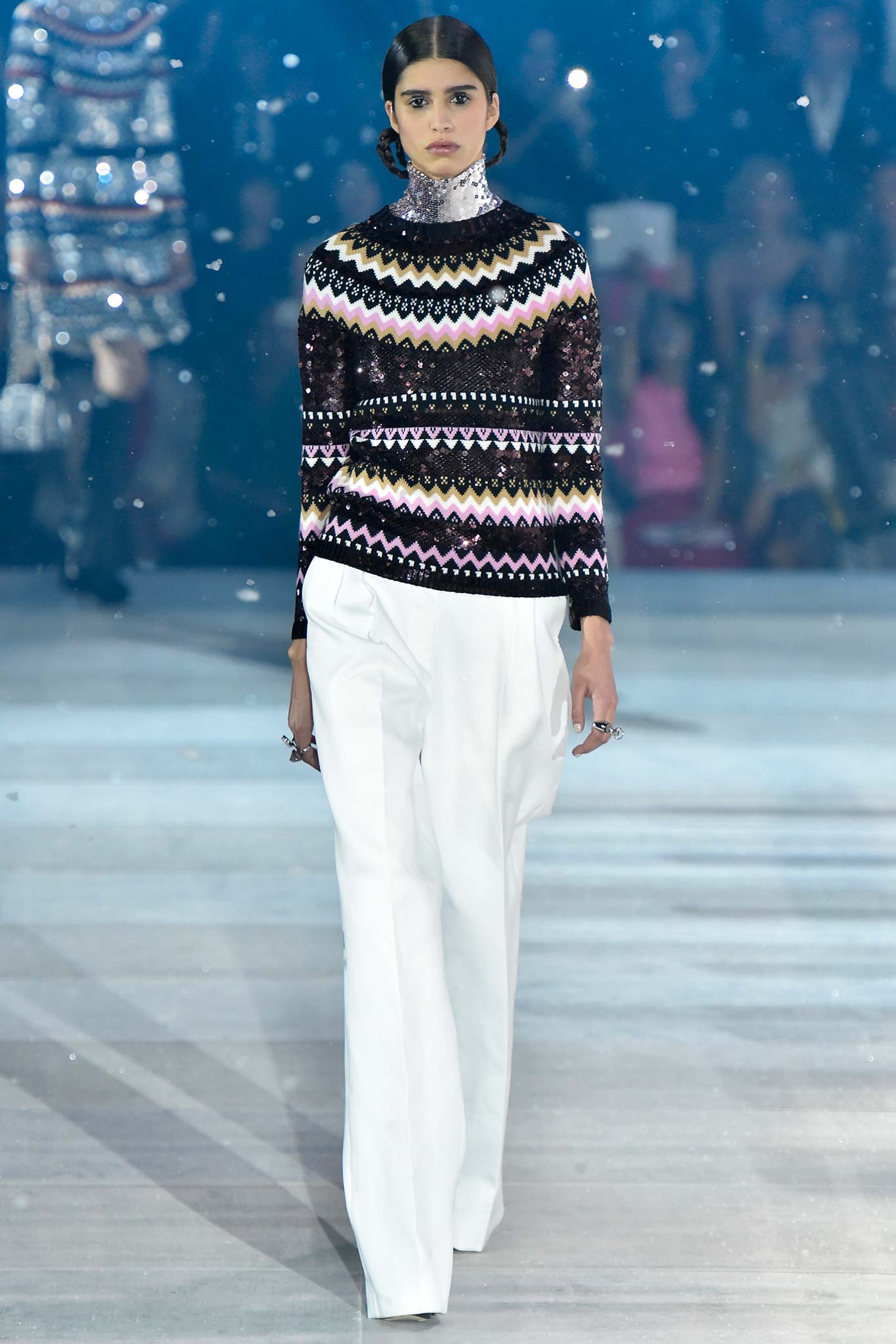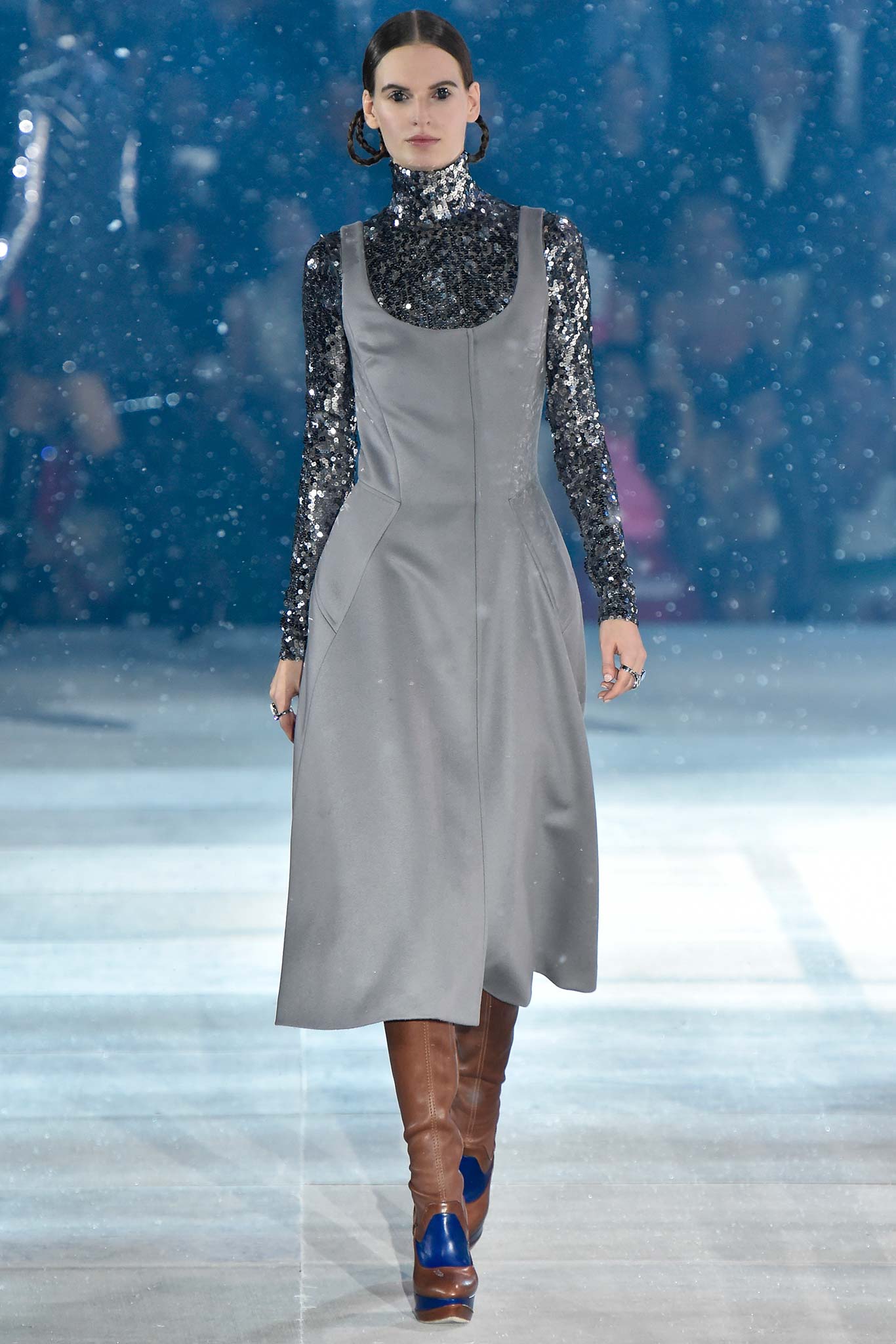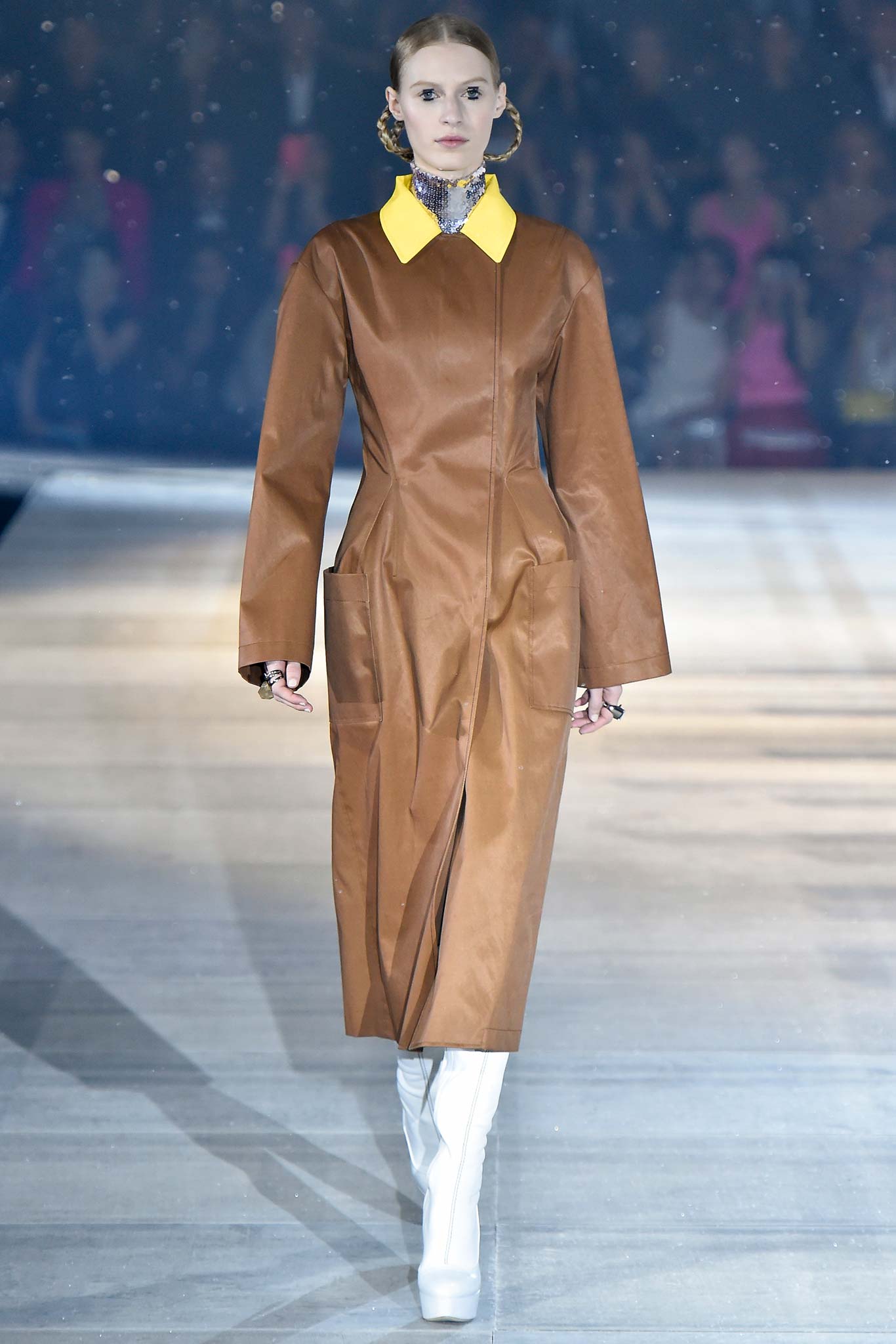
The house of Dior has a long history with Japan. In the early ’50s Christian Dior designed a series of looks in fabrics from Kyoto’s famous Tatsumura workshop. Around the same time, the Tokyo department store Daimaru began selling his haute couture. Later, Dior was commissioned to design three dresses for the civil portion of Princess Michiko’s wedding ceremony. But the designer’s fascination with the country began earlier than that. In his autobiography, he recalled his childhood obsession with the Japanese screens in his Granville home, likening them to his “Sistine Chapel.”
The country looms large in the imagination of today’s Dior creative director Raf Simons, as well. The Japanese were the first customers for his signature menswear line in the ’90s, and he came to Tokyo as often as twice a year. “It’s a sublime city to be in,” he said. “From a fashion point of view, they take so much liberty to express themselves.”
Tonight, the house staged its first-ever show for Pre-Fall before a crowd of 1,400 that included Audrey Tautou and Hailee Steinfeld. The location was Tokyo’s Kokugikan, one of the country’s pre-eminent sumo wrestling arenas. Last June, Simons presented Dior’s Resort offering in New York—Brooklyn, to be precise. The two addresses are a road map to the brand’s expansion plans. “Why Tokyo? We think Japan is a key country for luxury and fashion,” said Sidney Toledano, Dior CEO. “We just renewed our store in Omotesando, and we have many flagship stores here.” The snaking line of young people who queued up to get into the after-party offered a glimpse of the city’s enthusiasm for the brand.
But this was not a “Japanese” show. There were no kimonos, no obis. Simons already did his “continent collection” for Fall ’13 Haute Couture. Here, with fake snow falling from the rafters and Blade Runner’s Harrison Ford and Sean Young talking replicants on the soundtrack, the designer set about expanding the Dior vocabulary. Specifically, he went beyond the special-occasion clothes—the cocktail dresses, the red-carpet gowns—the house has been synonymous with. “I tried to imagine a woman who was very much into the language of Dior,” Simons said, “but she also has her garden, and she has her boyfriend with a motorcycle in the city, or she’s with her kids by the sea, or out with her dogs.” There were waxed-cotton storm coats; knit vests worn with sturdy, wide-legged trousers; mid-calf shift dresses just shy of sensible; and, in a small nod toward Japanese youth culture, short plaid dresses worn with flat boots. If all that sounds slightly unglamorous, it wasn’t for a second.
The other side of the story was told by the second-skin sequin turtlenecks that Simons layered with most of the looks, giving the show a sensual, futuristic edge. Sure to be the season’s hands-down must-haves (high street will try to knock off these babies in no time), they peeked out from the neckline of Bar coats and sleeveless Bar dresses, showed up with long fur vests with a 1960s zing, and eventually inspired the show’s best pieces: Fair Isle sweaters and sweaterdresses rendered entirely in paillettes. Platform boots, fistfuls of rings, and Princess Leia braids finished off the look.
Once the photographers in the camera pit got their shot, the models zigzagged around the Kokugikan’s enormous square dohyo. The Shibuya scramble came to mind. Simons isn’t alone in his new interest in utility—”clothes for real life” has become fashion’s meme of the moment—but he did a bang-up job of it.







